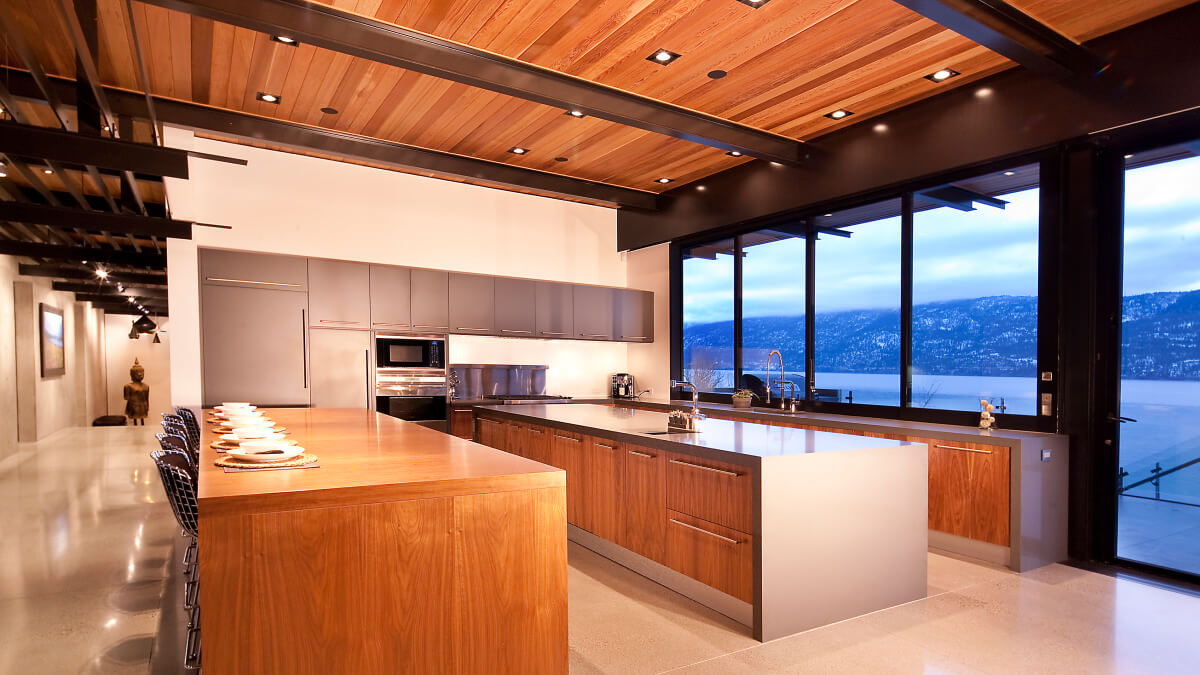Contents
We all know what a door is. It’s that big, heavy thing you walk through to enter or exit a building. But there are many types of doors that can be installed in homes, garages, and other buildings. Here is how to install the type of door most commonly used in Europe and Canada.
Use the following steps if you need help installing a European or Canadian ‘side-swing’ (frame) or ‘double-hung’ (hinged) door. These systems are similar in some ways to the sliding glass doors we see on many modern homes because they use interlocking rails for support.
Learn how to install a European/Canadian door
One of the most challenging parts of installing European-style doors (and some Canadian models) is making sure that the door frame is properly aligned with the jamb of the rough opening so that it truly hangs evenly and swings freely.
It’s important to know how to correctly measure and adjust both the mounting depth and side-to-side alignment. The bottom track must be perfectly flush with the floor, or very slightly higher. If it sits too low, you’ll see a gap at the bottom when you’re through installing it. In addition, doors left unadjusted will swing crookedly in their tracks.
European-style doors fit on a jamb that is wider than the door itself. In fact, the jamb may be as much as 1″ wider than the door. This makes it necessary to notch out a portion of the rough framing in order to accommodate the width of the door, and it also adds another layer of complexity when you measure and adjust everything before mounting the door, so there is no gap at either side or bottom.
If you’re lucky enough to have an older home that still has the original wood-framed door with the original jamb and casing, you’ve got a head start on measuring and adjusting your new doors. Use a framing square to measure the distance from the front of the jamb to where it meets the floor, and make sure that it is exactly flush with or higher than the finished floor. If necessary, build up or nail on shims so that it’s absolutely even with or slightly higher than the finished floor.
Next, using your tape measure, measure from side-to-side at each end of your rough opening (from outside edge of one jambs to outside edge of other jambs). This distance should be exactly the same on the right and left side.
So, if you measure the door will be properly aligned. If your framing is exactly flush, or slightly higher than the floor and your door swings smoothly, then you’re ready to install it. If not, measure the distance from one side of your rough opening to the other at both ends (from outside edge of one jamb to outside edge of other jamb). It should be exactly the same in each place.
How much adjustment do you need?
If there is more than ¼” difference between either side-to-side measurement, then there will be a gap at both sides of your door when it’s installed. If there is less than ¼” difference, then you can probably forgo the adjustment.
In some older homes this may be possible, but in most cases, you’re going to have to do a fair amount of handwork on the jamb and frame to get it right so that you don’t have gaps at each end of your door while it’s installed. There are a number of ways to make adjustments and solve problems during installation.
If you have a large gap on one side of the opening, then you can remove some material from the jamb (or frame) with a router and a flush-trim router bit. Make your adjustments so that the frame is exactly level and parallel on both sides of the opening. The door should fit into place without any gaps at all.
In many cases, you’ll need to frame out a portion of the rough opening in order to fit your door. This can be done by simply adding additional framing between the jambs or by recessing the new framing inward so that it is flush with one edge of your old jambs and casing.
If you need to recess the new framing, try this technique: cut a piece of framing lumber as wide as your rough opening and as long as the depth of your door plus 1 1/2″ (allow an extra 1/8″ on both width and depth for final adjustment). Use plywood or OSB to build out a “style” that will be flush with one edge of your existing jambs.
Using the new style as a template, mark where to cut away the new opening, cutting only slightly deeper than necessary so that you have plenty of wood to adjust. You’ll make notches in your framing with a chain saw or jigsaw so that you can easily remove part of it for final adjustments.
Conclusion
Installing a European-style door is not difficult if you follow the steps carefully and prepare your work area beforehand. If you’re stumped, it is better to call a professional door contractor.
